Bringing New Life to an Old Camera
Maybe this has happened to you, too: You head out with your camera, ready to take some great photos, only to find that you left your memory card at home or forgot to charge your battery. (If this hasn’t happened to you, maybe you’re less distracted than I am.) In such a situation, you might be glad to have an old backup camera along with you, to bring back at least a few photos from the field.
One spring morning, I set out to photograph the Blue and Crested Tits around our cottage in the mountains. Everything was perfect: the birds were landing where I wanted, and the morning light was beautiful. However, I learned that my camera batteries were at zero. I had no choice but to reach for my son’s Nikon D90, mount it on my Nikon 200-500mm f/5.6, and take it for a test run.
Although the light was nice, there wasn’t much of it. With my Nikon D500, I would have set ISO 3200, but I didn’t find the courage to set that on the D90. With this nearly 15-year-old camera, ISO 3200 and anything higher is certainly suitable for photographing the Loch Ness monster or a UFO, but not ideal for serious photography.
Because I wanted to take home some usable photos, I chose a fairly conservative ISO 1600 instead. By today’s standards, this ISO sensitivity can be used even for landscape photography without much issue, but fifteen years ago with an APS-C camera, it was about the limit of usability.
Camera sensors have made great progress in the past fifteen years, but editing software has also taken a giant leap. Almost every software from Lightroom/Photoshop to its many competitors have drastically improved their noise reduction over time. So I also wondered if, using my current software, I could make the photos at ISO 1600 pretty usable.
In order to create a reference point, I converted (in camera) the original RAW file to a JPEG. I leave the image below uncropped so that you can judge the image quality of this 12.3MP sensor from 2008, downsampled to web resolution.
 In-camera RAW to JPG conversion. NIKON D90 @ 500mm, ISO 1600, 1/800, f/5.6
In-camera RAW to JPG conversion. NIKON D90 @ 500mm, ISO 1600, 1/800, f/5.6
ربما حدث هذا لك أيضًا: تخرج بالكاميرا، مستعدًا لالتقاط بعض الصور الرائعة، لتكتشف أنك تركت بطاقة الذاكرة الخاصة بك في المنزل أو نسيت شحن البطارية. (إذا لم يحدث هذا لك، فربما تكون أقل تشتيتًا مني). في مثل هذه الحالة، قد تكون سعيدًا بامتلاك كاميرا احتياطية قديمة معك، لتتمكن من استعادة بعض الصور على الأقل من مجال.
في صباح أحد أيام الربيع، شرعت في تصوير الثديين الأزرقين والمتوجين حول كوخنا في الجبال. كان كل شيء مثاليًا: كانت الطيور تهبط حيث أردت، وكان ضوء الصباح جميلًا. ومع ذلك، علمت أن بطاريات الكاميرا الخاصة بي كانت فارغة. لم يكن لدي أي خيار سوى الوصول إلى كاميرا Nikon D90 الخاصة بابني، وتثبيتها على كاميرا Nikon مقاس 200-500 مم f/5.6، وأخذها لإجراء اختبار التشغيل.
على الرغم من أن الضوء كان جميلاً، إلا أنه لم يكن هناك الكثير منه. باستخدام كاميرا Nikon D500، كنت سأقوم بتعيين ISO 3200، لكنني لم أجد الشجاعة اللازمة لضبط ذلك على كاميرا D90. مع هذه الكاميرا التي يبلغ عمرها 15 عامًا تقريبًا، تعد ISO 3200 وأي شيء أعلى مناسبة بالتأكيد لتصوير وحش بحيرة لوخ نيس أو جسم غامض، ولكنها ليست مثالية للتصوير الفوتوغرافي الجاد.
ولأنني أردت التقاط بعض الصور القابلة للاستخدام، فقد اخترت ISO 1600 محافظًا إلى حد ما بدلاً من ذلك. وفقًا لمعايير اليوم، يمكن استخدام حساسية ISO هذه حتى لتصوير المناظر الطبيعية دون مشكلة كبيرة، ولكن قبل خمسة عشر عامًا مع كاميرا APS-C، كان الأمر يتعلق بحدود سهولة الاستخدام.
حققت مستشعرات الكاميرا تقدمًا كبيرًا في الخمسة عشر عامًا الماضية، لكن برامج التحرير حققت أيضًا قفزة هائلة. لقد قامت كل البرامج تقريبًا، بدءًا من Lightroom/Photoshop وحتى العديد من المنافسين، بتحسين تقليل الضوضاء بشكل كبير بمرور الوقت. لذلك تساءلت أيضًا عما إذا كان بإمكاني، باستخدام برنامجي الحالي، جعل الصور عند ISO 1600 قابلة للاستخدام بشكل جيد.
من أجل إنشاء نقطة مرجعية، قمت بتحويل ملف RAW الأصلي (في الكاميرا) إلى ملف JPEG. أترك الصورة أدناه بدون اقتصاص حتى تتمكن من الحكم على جودة الصورة لهذا المستشعر بدقة 12.3 ميجابكسل من عام 2008، مع تقليل حجمها إلى دقة الويب.
 تحويل RAW إلى JPG داخل الكاميرا. نيكون D90 عند 500 ملم، ISO 1600، 1/800، f/5.6
Maybe this has happened to you, too: You head out with your camera, ready to take some great photos, only to find that you left your memory card at home or forgot to charge your battery. (If this hasn’t happened to you, maybe you’re less distracted than I am.) In such a situation, you might be glad to have an old backup camera along with you, to bring back at least a few photos from the field.
One spring morning, I set out to photograph the Blue and Crested Tits around our cottage in the mountains. Everything was perfect: the birds were landing where I wanted, and the morning light was beautiful. However, I learned that my camera batteries were at zero. I had no choice but to reach for my son’s Nikon D90, mount it on my Nikon 200-500mm f/5.6, and take it for a test run.
Although the light was nice, there wasn’t much of it. With my Nikon D500, I would have set ISO 3200, but I didn’t find the courage to set that on the D90. With this nearly 15-year-old camera, ISO 3200 and anything higher is certainly suitable for photographing the Loch Ness monster or a UFO, but not ideal for serious photography.
Because I wanted to take home some usable photos, I chose a fairly conservative ISO 1600 instead. By today’s standards, this ISO sensitivity can be used even for landscape photography without much issue, but fifteen years ago with an APS-C camera, it was about the limit of usability.
Camera sensors have made great progress in the past fifteen years, but editing software has also taken a giant leap. Almost every software from Lightroom/Photoshop to its many competitors have drastically improved their noise reduction over time. So I also wondered if, using my current software, I could make the photos at ISO 1600 pretty usable.
In order to create a reference point, I converted (in camera) the original RAW file to a JPEG. I leave the image below uncropped so that you can judge the image quality of this 12.3MP sensor from 2008, downsampled to web resolution.
 In-camera RAW to JPG conversion. NIKON D90 @ 500mm, ISO 1600, 1/800, f/5.6
In-camera RAW to JPG conversion. NIKON D90 @ 500mm, ISO 1600, 1/800, f/5.6ربما حدث هذا لك أيضًا: تخرج بالكاميرا، مستعدًا لالتقاط بعض الصور الرائعة، لتكتشف أنك تركت بطاقة الذاكرة الخاصة بك في المنزل أو نسيت شحن البطارية. (إذا لم يحدث هذا لك، فربما تكون أقل تشتيتًا مني). في مثل هذه الحالة، قد تكون سعيدًا بامتلاك كاميرا احتياطية قديمة معك، لتتمكن من استعادة بعض الصور على الأقل من مجال.
في صباح أحد أيام الربيع، شرعت في تصوير الثديين الأزرقين والمتوجين حول كوخنا في الجبال. كان كل شيء مثاليًا: كانت الطيور تهبط حيث أردت، وكان ضوء الصباح جميلًا. ومع ذلك، علمت أن بطاريات الكاميرا الخاصة بي كانت فارغة. لم يكن لدي أي خيار سوى الوصول إلى كاميرا Nikon D90 الخاصة بابني، وتثبيتها على كاميرا Nikon مقاس 200-500 مم f/5.6، وأخذها لإجراء اختبار التشغيل.
على الرغم من أن الضوء كان جميلاً، إلا أنه لم يكن هناك الكثير منه. باستخدام كاميرا Nikon D500، كنت سأقوم بتعيين ISO 3200، لكنني لم أجد الشجاعة اللازمة لضبط ذلك على كاميرا D90. مع هذه الكاميرا التي يبلغ عمرها 15 عامًا تقريبًا، تعد ISO 3200 وأي شيء أعلى مناسبة بالتأكيد لتصوير وحش بحيرة لوخ نيس أو جسم غامض، ولكنها ليست مثالية للتصوير الفوتوغرافي الجاد.
ولأنني أردت التقاط بعض الصور القابلة للاستخدام، فقد اخترت ISO 1600 محافظًا إلى حد ما بدلاً من ذلك. وفقًا لمعايير اليوم، يمكن استخدام حساسية ISO هذه حتى لتصوير المناظر الطبيعية دون مشكلة كبيرة، ولكن قبل خمسة عشر عامًا مع كاميرا APS-C، كان الأمر يتعلق بحدود سهولة الاستخدام.
حققت مستشعرات الكاميرا تقدمًا كبيرًا في الخمسة عشر عامًا الماضية، لكن برامج التحرير حققت أيضًا قفزة هائلة. لقد قامت كل البرامج تقريبًا، بدءًا من Lightroom/Photoshop وحتى العديد من المنافسين، بتحسين تقليل الضوضاء بشكل كبير بمرور الوقت. لذلك تساءلت أيضًا عما إذا كان بإمكاني، باستخدام برنامجي الحالي، جعل الصور عند ISO 1600 قابلة للاستخدام بشكل جيد.
من أجل إنشاء نقطة مرجعية، قمت بتحويل ملف RAW الأصلي (في الكاميرا) إلى ملف JPEG. أترك الصورة أدناه بدون اقتصاص حتى تتمكن من الحكم على جودة الصورة لهذا المستشعر بدقة 12.3 ميجابكسل من عام 2008، مع تقليل حجمها إلى دقة الويب.
 تحويل RAW إلى JPG داخل الكاميرا. نيكون D90 عند 500 ملم، ISO 1600، 1/800، f/5.6

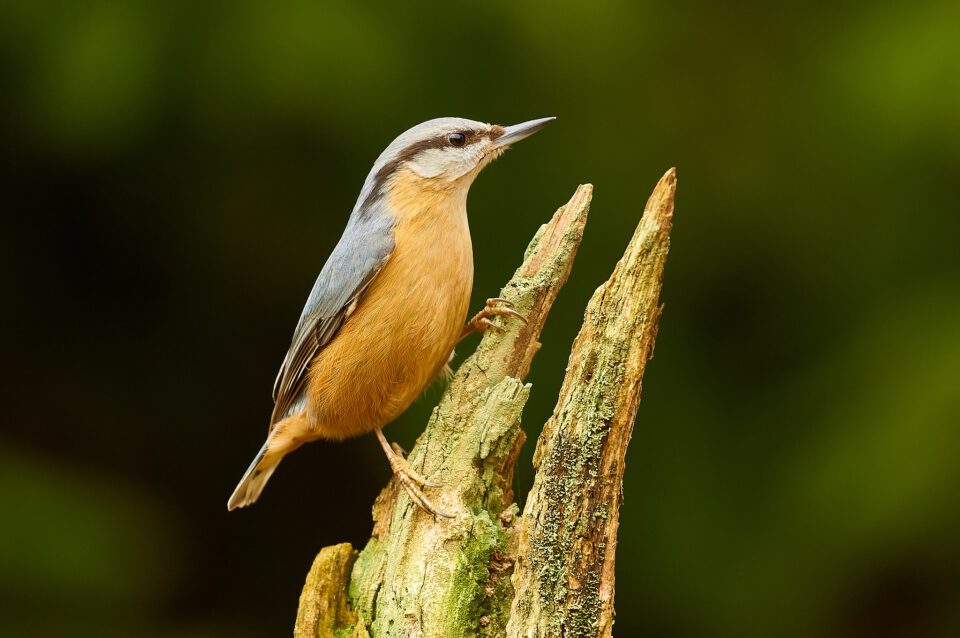
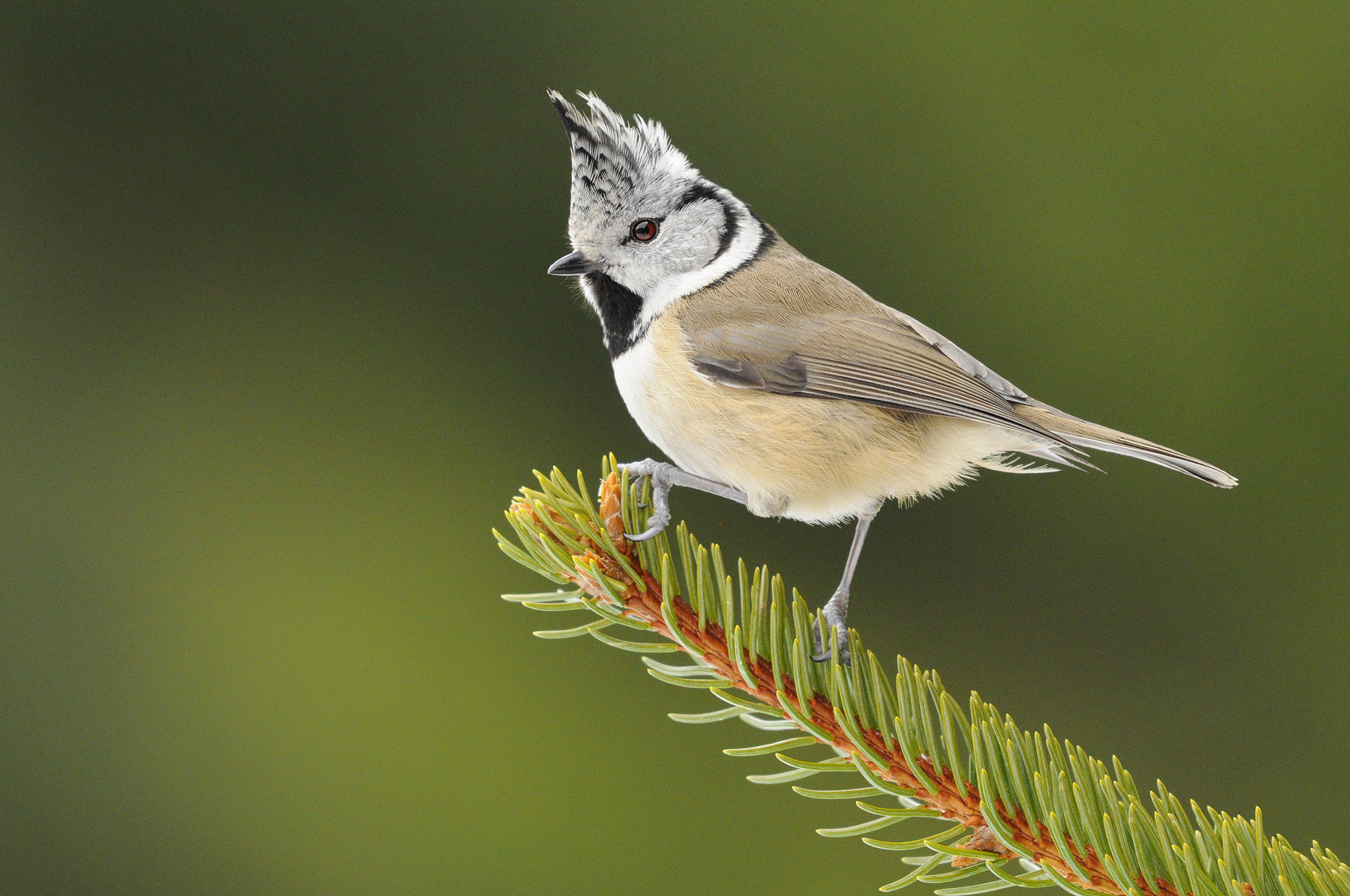

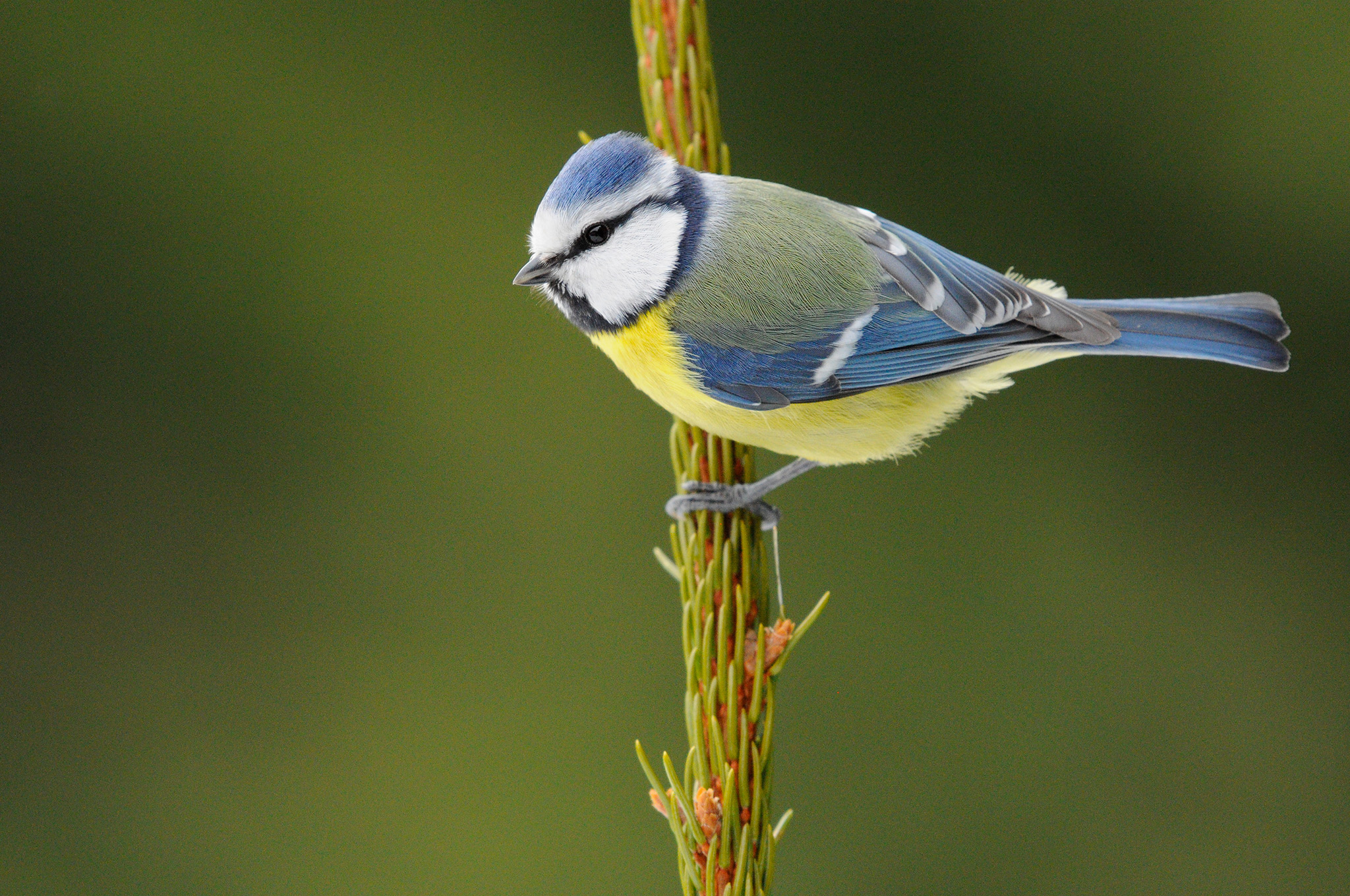
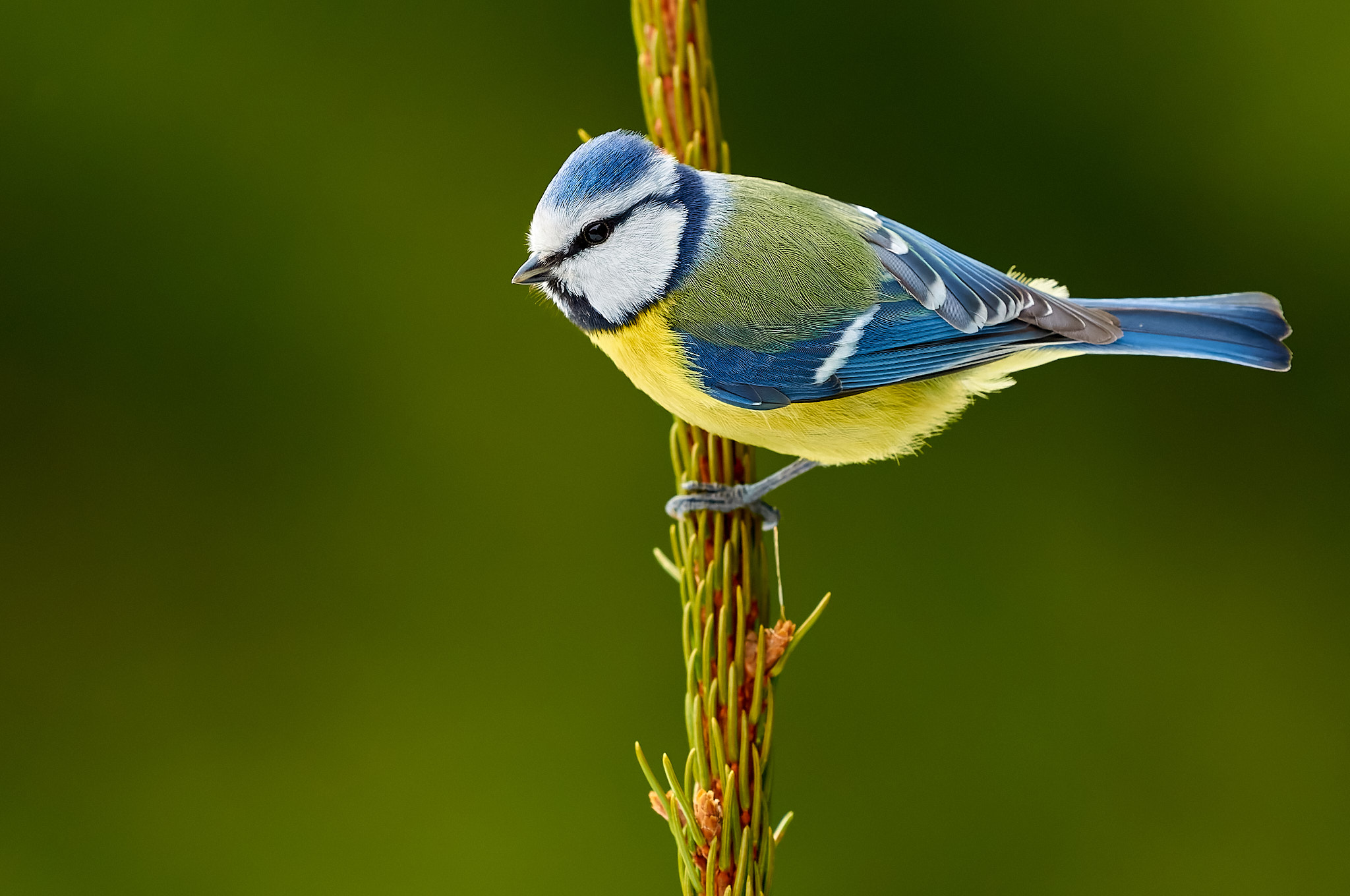

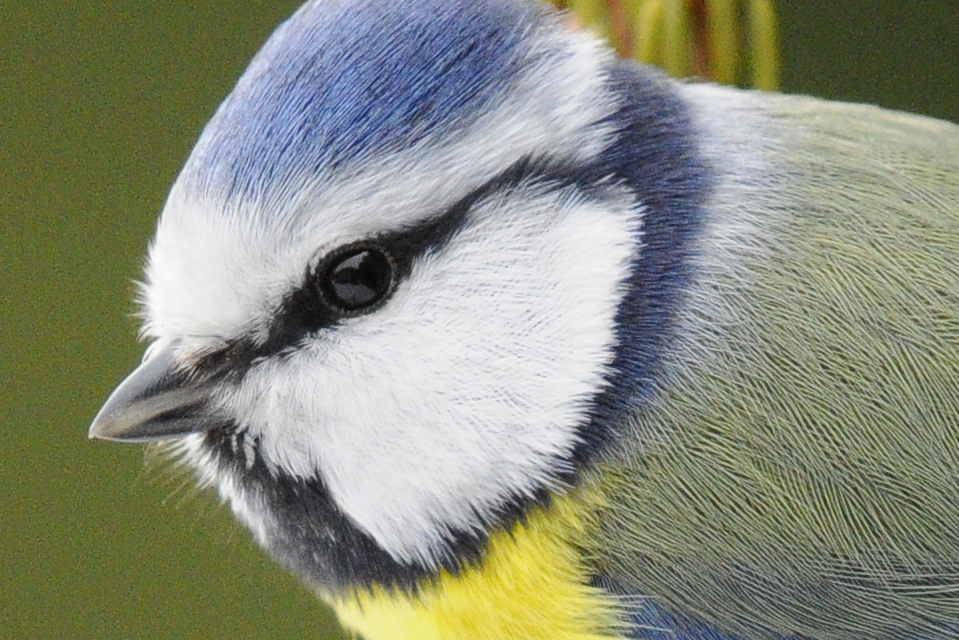
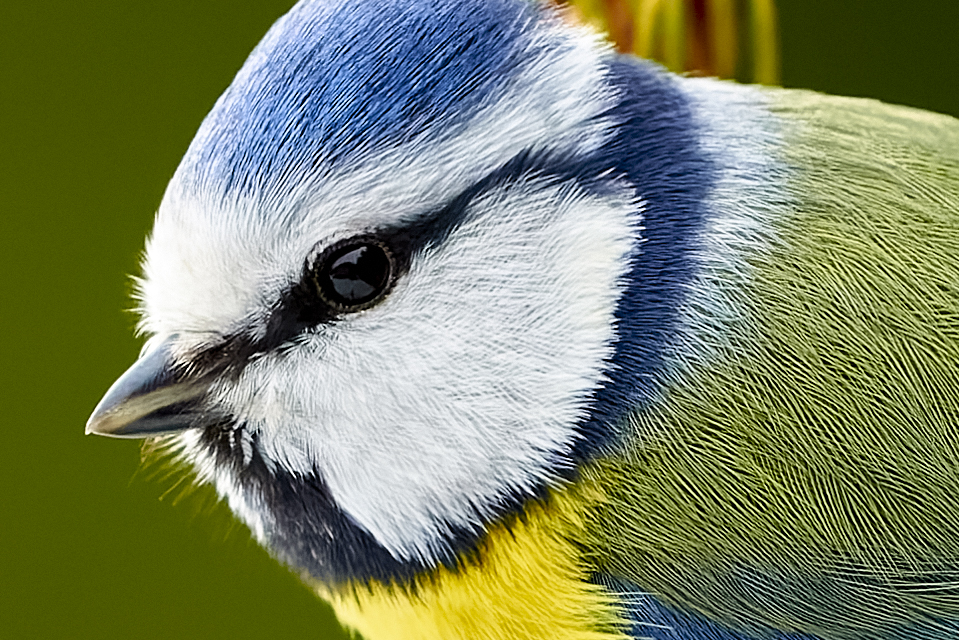
تعليق